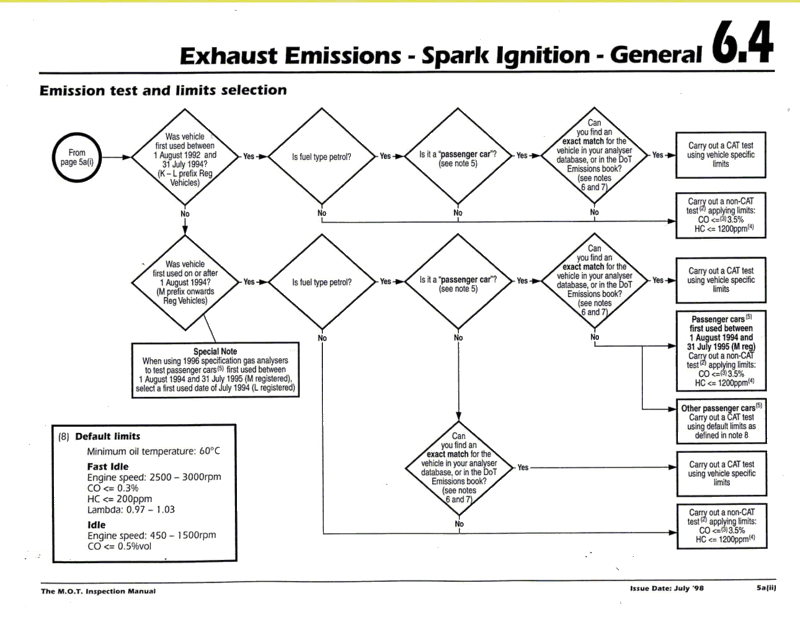Compressor Stall
Compressor Stall
Another regular question we get is about compressor stall, commonly called "chatter", "turbo chatter" or, incorrectly, "Wastegate flutter". Chatter and turbo chatter are sort of correct in their terminology as they essentially describe the noise the turbo is making. Wastegate flutter is wholly incorrect as the noise has absolutely nothing to do with the wastegate. It is also sometimes referred to as the "pigeon mod" because compressor stall through an open filter often sounds like a woodpigeon.
Compressor stall on a CT9 running 1 Bar and mesh over the inlet:
 (You'll have to excuse the sound quality, it was shot a while back on a mobile)
(You'll have to excuse the sound quality, it was shot a while back on a mobile)
So, why does it do that? Firstly, you need to know the basics on how a turbo creates boost. When you open the throttle, a vacuum is created in the inlet manifold, plenum and intake pipework cause by the engine trying to suck air in. This also closes the wastegate on the turbo. The exhaust gassed in coming out of the engine and into the exhaust are fed through the exhaust housing in the turbo, spinning the exhaust impeller wheel. This is connected directly to the inlet compressor wheel which starts to suck air in and force it through the intercooler pipework towards the inlet plenum chamber and inlet manifold. As the pressure becomes positive and begins to increase, the wastegate gradually opens. This redirects some of the exhaust gasses around the exhaust impeller, reducing the flow through it and thus controlling the rpm of the exhaust impellor and therefore the rpm of the inlet compressor. It is this control of rpm that determines how much air the turbo flows, commonly refered to as "boost".
Just before I tell you what causes compressor stall, you need to understand how the recirculating (or atmospheric) dump valve works. On the standard system, the recirculating dump valve (or blow off valve) is closed under boost. When the throttle is closed (closing the throttle butterfly leading into the inlet plenum), the recirculating dumpvalve opens to relieve the pressure in the intercooler pipework. The key thing to remember is that before the dump valve opens, the intercooler pipework is positively pressurised.
So where does compressor stall come into it? Well, if you remove the dump valve (be it standard recirc or aftermarket atmospheric), you remove the pressure release point for the intercooler pipework and 'charged' air. So where does it go? It can't go into the inlet plenum as the throttle has been closed (Remember that the dump valve opens when the throttle is closed) so the air goes the only way it can; back through the turbo. The 'chattering' noise is caused by the compressor wheel stopping and starting as the air comes back through the turbo.
"But why does it stop and start?" I hear you ask. Simple. At the point the throttle is released, the pressure in the exhaust manifold drops to a level lower than than of the charged air after the turbo (ie, in the IC pipework). This inbalance in pressure stalls the turbo and some air is released. The pressure in the intercooler pipework drops and the compressor wheel is then spun again by the pressure in the exhaust manifold and the whole cycle starts again.
It happens very quickly on the CT9 due to its small size, which is why the compressor stall is quite fast and high pitched. The loudness, duration and actual sound will vary from car to car depending on the turbo, the boost level, the type and size of air filter used, the length of the inlet pipework from the filter, the size of the intercooler and length of the intercooler pipework. That's not to mention the colour of the lucky underpants your distantly related Nan's dog wears when it goes out on the town.
The next big question you're going to ask is "does it damage the turbo?". If you do some Google bashing, there seems to be two schools of thought. Make of them what you will, but I'll tell you that I've been running a CT9 at 1 Bar with no BOV (Save for when I get bored and fancy a change for a week or two) for several years now with no problems. That and BOV's are for nonces

. Besides, there are so many factors to take into consideration when you look at the life span of a turbo ranging from the type and viscosity of oil you use to your driving habits, exhaust gas temperatures, boost levels and the aforementioned dogs undies.




